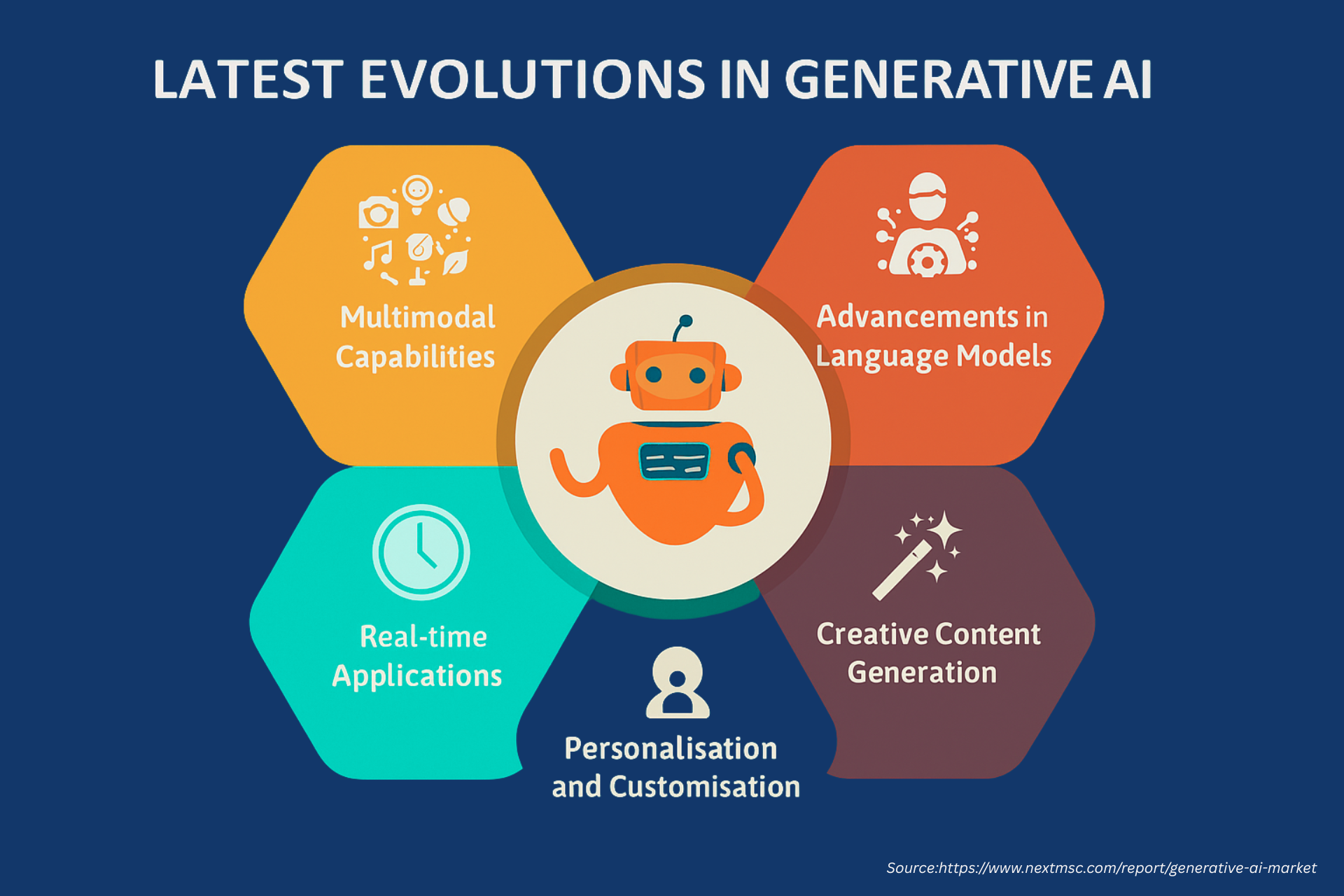
AI CCTV Market by Component (Hardware, and Software), by Camera Type ( Dome Camera, Bullet Camera, and Box Camera), by Deployment (Cloud-Based and On-Premise), and by End User ( Commercial, Residential, and Industrial) – Global Opportunity Analysis and Industry Forecast, 2024–2030
Industry: ICT & Media | Publish Date: 11-Apr-2025 | No of Pages: 338 | No. of Tables: 273 | No. of Figures: 218 | Format: PDF | Report Code : IC484
Market Definition
The AI CCTV market size was valued at USD 14.79 billion in 2023 and is predicted to reach USD 63.68 billion by 2030, with a CAGR of 21.3% from 2024 to 2030.
Artificial Intelligence Closed Circuit Television, popularly known as AI CCTV refers to a sophisticated surveillance system that incorporates artificial intelligence (AI) technology to enhance monitoring and security measures. Unlike traditional CCTV systems, AI CCTV utilizes advanced algorithms and machine learning capabilities to analyze video footage in real-time, enabling proactive threat detection and response. AI CCTV systems are capable of automatically detecting and alerting operators to suspicious activities, such as unauthorized access, intrusions, or unusual behavior, thereby enhancing overall security.
AI CCTV represents a powerful tool for enhancing security and surveillance measures, offering benefits such as proactive threat detection, reduced false alarms, advanced analytics capabilities, and improved interoperability. By leveraging AI technology, organizations can bolster their security infrastructure and effectively mitigate risks, safeguarding assets, personnel, and public spaces with greater efficiency and precision.
Growing Emphasis Towards the Expansion of Smart Cities Drive Market Growth
The rising government initiatives toward the expansion of smart cities place a high priority on integrating advanced surveillance and security technologies to improve the urban living experience and enhance public safety. AI CCTV, as a pivotal element in these undertakings, delivers real-time monitoring, data analysis, and automation to tackle the challenges associated with urbanization effectively. It empowers city authorities to make well-informed decisions, optimize resource allocation, and elevate the overall quality of life for city dwellers.
The expansion of AI CCTV within the smart cities segment underscores the powerful synergy between technological innovation and urban development, ultimately creating safer and more efficient urban environments than before.
For instance, the Indian government initiated the Smart Cities Mission, a program to address the challenges posed by India's rapid population growth and extensive urbanization in the years to come. Under this initiative, 100 smart cities have been identified for development by 2024, with the government of India and various states collaborating to enhance urban living and infrastructure.
Growing Government Initiatives to Enhance Road Safety Propels Market Growth
The growth of the AI CCTV market is significantly propelled by increasing government initiatives aimed at enhancing road safety and addressing offenses in public and private spaces. As the need for more sophisticated and intelligent monitoring solutions rises to combat violations and prevent crimes, governmental bodies are increasingly investing in advanced surveillance technologies.
A significant initiative in this regard is the collaboration between the Edinburgh City Council and North, the UK's leading provider of IoT-based services and solutions. Launched in 2022, this project aims to establish a smart center for video security surveillance systems, leveraging an innovative model based on public-private partnership.
With funding totaling 51.41 million euros, the partnership involves seven local authorities across the country. The project encompasses the renovation of the central surveillance facility's control room and the integration of smart systems to upgrade video surveillance cameras.
Furthermore, in December 2023, the Seoul Metropolitan Government unveiled plans to deploy AI-based surveillance cameras as part of its efforts to combat random attacks and criminal activities within the capital. As per the city administration, all CCTV units across Seoul, including those situated in parks and hiking trails, will be outfitted with AI technology to autonomously identify potential suspects and instances of assault.
This integration will empower the surveillance infrastructure to autonomously detect and respond to potential suspects and incidents of assault, thus enhancing public safety and security across various urban landscapes.
High Installation Cost and Maintenance to Limit the Adoption of AI CCTV
The high costs associated with both the initial installation and ongoing maintenance of AI-powered CCTV systems serve as significant obstacles to the market's growth.
These expenses not only limit the accessibility of advanced security solutions to a broader audience but also pose challenges for small businesses and homeowners looking to bolster their security measures.
Convergence Of 5G Connectivity and Edge Computing with AI CCTV Creates Future Opportunity
The convergence of AI-powered CCTV systems with 5G connectivity and Edge Computing holds a transformative era in the surveillance industry, offering future opportunities in the global AI CCTV market.
With real-time processing capabilities at the Edge, enabled by 5G's high-speed connectivity, these systems can swiftly analyze video feeds and respond to potential security threats with unparalleled speed and efficiency. Enhanced analytics functionalities, including facial recognition and object detection, empower proactive monitoring and anomaly detection, bolstering overall security effectiveness while minimizing false alarms.
Moreover, the scalability of these solutions enables seamless deployment across vast geographic areas, making them ideal for smart city initiatives and critical infrastructure protection. This convergence of technologies is poised to drive widespread adoption and foster innovation in the surveillance industry, paving the way for enhanced security solutions and safer environments in the upcoming years.
Asia Pacific holds a major share of the AI CCTV market
China holds the largest share across the Asia Pacific region which is largely attributed to the presence of leading global players such as Hangzhou Hikvision Digital Technology Co., Ltd. and Huawei Technologies Co., Ltd. These industry giants contribute to China's extensive market share by leveraging advanced technologies and offering innovative solutions, thereby solidifying its position as a powerhouse in the AI surveillance sector.
Furthermore, government-funded research and development programs are driving innovation in the field of AI-powered surveillance, fostering collaboration between academia, industry, and government agencies to address emerging challenges and develop cutting-edge technologies. These initiatives not only support the growth of the domestic surveillance industry but also position Japan as a global leader in advanced security technologies.
For instance, in July 2023, the Japanese police tested security cameras equipped with AI technology to protect high-profile public figures. This initiative not only showcases the government's commitment to leveraging technology for security purposes but also serves as a catalyst for the wider adoption of AI CCTV solutions across various sectors.
In addition, the growing government initiatives toward the adoption of AI CCTV aim to enhance public safety, streamline law enforcement efforts, and bolster overall security in public spaces and critical infrastructures. For instance, in January 2022, The South Korean government invested USD 287 million this year for over 1,000 projects geared toward initiating the digital transformation for the post-COVID-19 era. These initiatives encompass the creation of a proprietary metaverse platform, broadening the deployment of AI-enhanced CCTV systems, and the advancement of services based on blockchain technology.
North America witnessed a substantial growth in the AI CCTV market
The escalating demand for enhanced security measures across various sectors, including education, public safety, and commercial enterprises is driving the AI CCTV market in the region. The recent developments in AI surveillance in US schools exemplify this trend, where institutions are prioritizing safety by investing substantial resources into advanced CCTV systems equipped with AI capabilities. For instance, the Brunswick County school board's decision to allocate USD 763,000 towards integrating AI into its CCTV infrastructure.
Moreover, the presence of local key market players such as Eagle Eye Networks, Inc., FLIR Systems, Inc., and Swann Communications are taking initiatives that include product launches to increase their dominance. These initiatives, in turn, propel the growth of the market.
For instance, in September 2023, Eagle Eye Networks introduced V3 of its Eagle Eye Video API Platform, a system widely utilized by developers, resellers, and technology partners across the globe. This latest API version is all-encompassing, designed to expedite the development of video applications, and extends the groundwork laid by V1 and V2 of the API.
Competitive Landscape
The AI CCTV market comprises various market players, such as Hikvision, Dahua Technology, Hanwha Vision, Axis Communications, Bosch Security Systems, Honeywell International Inc., Panasonic Holdings Corporation, Cisco Systems Inc, Avigilon Corporation, Aetherica Jakarta Indonesia, SECOM Indonesia, Ademco Security Group, Johnson Controls, Inc., Anviz Global Inc., MOBOTIX AG, and others. These market players are adopting various strategies such as business expansion and product launches across various regions to maintain their dominance in the AI CCTV market.
For instance, in February 2024, IDIS launched Edge AI camera with nine new models that cater to a wide range of surveillance applications. These cameras are designed with advanced features such as the ability to distinguish between vehicles, humans, and other objects, reducing false alarms and enhancing operational efficiency.
Also, in January 2024, Tiandy Technologies expanded its business reach with the product awareness in the Indian market. The company also plans to conduct 1000 technical training seminars to provide valuable insights about the AI CCTVs among the installers and System Integrator (SI) partners.
Moreover, in June 2023, Hangzhou Hikvision Digital Technology Co., Ltd. released TNM-C4940TD, TNM-C4950TD, and TNM-C4960TD cameras. Each camera is equipped with dual lenses to produce both a VGA thermal image and a 4K visual image. These AI cameras incorporate precise object detection and classification based on deep learning, effectively mitigating false alarms. These functionalities offer operators a dependable event source, thereby enhancing operational efficiency.
Furthermore, in March 2023, Axis Communications introduced a range of panoramic cameras, two dome cameras, and a thermal camera specially designed for extensive remote temperature monitoring. These devices are all based on ARTPEC-8 chip technology, and are equipped with a Deep Learning Processing Unit (DLPU). This factor enables advanced video analytics directly at the network edge. These innovative products emphasize Axis Communications' dedication to providing deep learning capabilities to all its customers.
Key Market Segments
By Component
-
Hardware
-
Cameras
-
Storage Devices
-
Others
-
-
Software
-
Video Analytics Software
-
Video Management Software
-
By Camera Type
-
Dome Cameras
-
Bullet Cameras
-
Box Cameras
By Deployment
-
Cloud-Based
-
On-Premise
By End User
-
Commercial
-
Residential
-
Industrial
By Region
-
North America
-
The U.S.
-
Canada
-
Mexico
-
-
Europe
-
The UK
-
Germany
-
France
-
Italy
-
Spain
-
Denmark
-
Netherlands
-
Finland
-
Sweden
-
Norway
-
Russia
-
Rest of Europe
-
-
Asia-Pacific
-
China
-
Japan
-
India
-
South Korea
-
Australia
-
Indonesia
-
Singapore
-
Taiwan
-
Thailand
-
Rest of Asia-Pacific
-
-
RoW
-
Latin America
-
Middle East
-
Africa
-
Key Players
-
Hikvision
-
Dahua Technology
-
Hanwha Vision
-
Axis Communications
-
Bosch Security Systems
-
Honeywell International Inc.
-
Panasonic Holdings Corporation
-
Cisco Systems Inc
-
Avigilon Corporation
-
Aetherica Jakarta Indonesia
-
SECOM Indonesia
-
Ademco Security Group
-
Johnson Controls, Inc.
-
Anviz Global Inc.
-
MOBOTIX AG
REPORT SCOPE AND SEGMENTATION:
|
Parameters |
Details |
|
Market Size in 2023 |
USD 14.79 billion |
|
Revenue Forecast in 2030 |
USD 63.68 billion |
|
Growth Rate |
CAGR of 21.3%from 2024 to 2030 |
|
Analysis Period |
2023–2030 |
|
Base Year Considered |
2023 |
|
Forecast Period |
2024–2030 |
|
Market Size Estimation |
Billion (USD) |
|
Growth Factors |
|
|
Countries Covered |
28 |
|
Companies Profiled |
15 |
|
Market Share |
Available for 10 companies |
|
Customization Scope |
Free customization (equivalent to up to 80 working hours of analysts) after purchase. Addition or alteration to country, regional, and segment scope. |
|
Pricing and Purchase Options |
Avail customized purchase options to meet your exact research needs. |

















 Speak to Our Analyst
Speak to Our Analyst





















